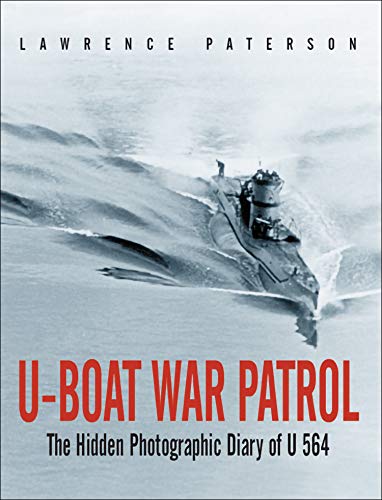
The U-Boat Commander's Handbook
by
Popularity
3.95 / 5
* A book's popularity is determined by how it compares to all other books on this website.
Where to buy?
Buy from Amazon* If you buy this book through the link above, we may receive a small commission at no extra cost to you.
The U-Boat Commander's Handbook by
Details
War:
World War II
Perspective:
Submarines
Military Unit:
Kriegsmarine
True Story:
Yes
Biography:
No
Region:
Europe
Page Count:
124
Published Date:
1989
ISBN13:
9780939631216
Description
Brief Summary
The U-Boat Commander's Handbook is a vital document originally used by the German Navy during World War II. It serves as a comprehensive manual for commanding officers operating U-boats, providing detailed guidance on tactics, strategies, and the naval warfare of that era. It offers insights into the operational principles and decision-making processes considered essential for effective naval command within the U-boat fleet.
Main Themes and Topics
The handbook delves into various themes central to naval warfare. One of the predominant topics is the tactical doctrine of submarine warfare, highlighting the strategies used by U-boats during World War II. It discusses the elements of stealth, surprise, and precise decision-making in engaging enemy vessels. Another crucial theme is leadership, focusing on the qualities required for a U-boat commander, such as decisiveness, courage, and the ability to maintain crew morale under pressure.
Writing Style and Tone
The writing style of The U-Boat Commander's Handbook is functional and straightforward, reflecting its purpose as a military manual. The tone is authoritative and instructive, aiming to provide clear and concise instructions to naval officers. The language is technical, with an emphasis on military terminology, which underscores its primary audience of military personnel. The document’s clarity ensures that even complex concepts of submarine warfare are accessible to those familiar with naval operations.
Criticism
The handbook has faced criticism primarily due to its historical context and origins. Some critics argue that since it was a product of Nazi Germany's military forces, its contents and perspectives are naturally biased towards the strategies and ideologies of that regime. Additionally, its strategic recommendations may be considered outdated by modern naval standards, given the technological advancements in submarine warfare since World War II. Nevertheless, it remains a valuable historical document for those studying military history and tactics.









